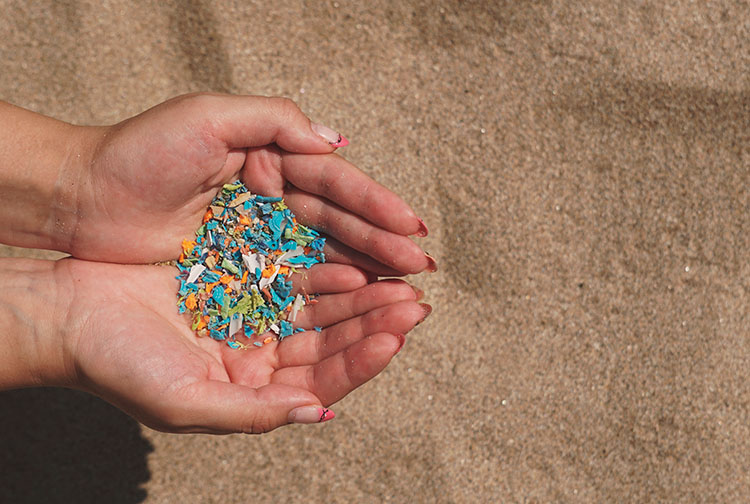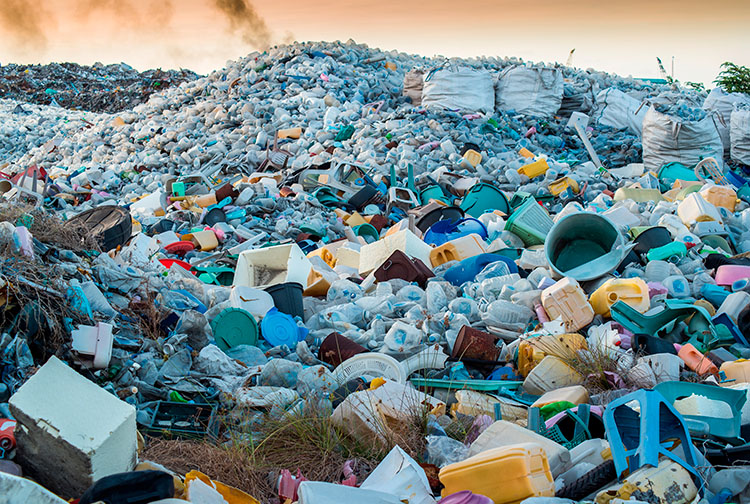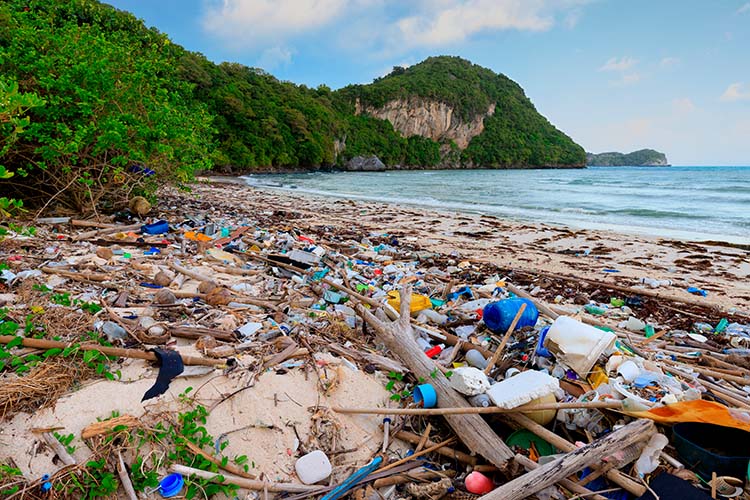

Is tap water healthy?
Although health authorities insist that tap water is completely safe, many people warn that there is a lack of thorough controls. Heavy metals, volatile organic compounds, pesticides, herbicides, pharmaceuticals and microplastics pose a risk to our health.
In December 2020, the European Parliament adopted the Drinking Water Directive to improve the quality of tap water and reduce the consumption of bottled water. This directive provided for the imposition of stricter limits for certain contaminants, such as lead. It also envisaged the establishment of a list of substances or compounds of concern to the public and the scientific community for monitoring.
However, the truth is that, almost a year and a half later, the European Commission has still not drawn up this list, which should include pharmaceuticals, endocrine disruptors and microplastics that can damage our health.
It is still difficult to find colourless, odourless and tasteless tap water. In most cases, tap water contains many substances, from the chlorine used to make it drinkable, which can give the water a characteristic bad taste, to more harmful substances such as heavy metals, volatile organic compounds, pesticides, herbicides, pharmaceuticals, microplastics, bacteria and viruses.
Routine controls only check the levels of those pollutants that are already legislated, but they are a small part. For example, the Outbiotics project, which is being developed in Catalonia, Aragon, Navarre, the Basque Country and the south of France, has found antibiotics such as amoxicillin, ciprofloxacin, enrofloxacin, azithromycin, sulfadiazine, sulfamethoxazole and trimethoprim in pre-drinking natural waters.
Studies such as the one published in the prestigious journal ‘Environmental Health’ make clear the need to reduce perfluoroalkyl substances in tap water worldwide to improve our health, as they are considered endocrine disruptors.
Persistent heavy metals
Industrial and mining activity releases toxic metals such as lead, mercury, cadmium, arsenic and chromium, which can reach aquifers and rivers, contaminating soil and accumulating in plants and organic tissues. Exposure to these elements is linked to health problems such as various types of cancer, kidney damage and developmental delays.
Lead can also infiltrate drinking water through corrosion of service pipes, chrome-plated brass faucets and fixtures with lead solder.
The US Environmental Protection Agency (EPA) determined that the maximum level of this heavy metal in drinking water should be zero, “because lead is a toxic metal that can harm human health, even at low exposure levels” and can “bioaccumulate in the body over time”.
Children are particularly vulnerable to lead, as they absorb it more easily than adults and its renal elimination is less effective. Lead can affect their brain development, reduce their ability to concentrate and affect their academic performance.
The invasion of microplastics
A study conducted by the news organisation Orb Media in collaboration with researchers from the State University of New York and the University of Minnesota shows that microplastics have been finding their way into tap water around the world for years.
Already, 83% of drinking water samples collected in five continents over the past decade contained microplastics. The United States had the highest contamination rate and, although Europe’s has the lowest, it had still very high (72%). The average number of plastic fibres found in every 500 ml of water ranged from 4.8 in the US to 1.9 in Europe.
Uncontrolled pesticides
A recent report by Ecologistas en Acción denounces the poor control of chemical substances suspected of contaminating drinking water. This is the case with many pesticides, herbicides and biocides.
Sulphur, which is the most widely used in the countryside, has not been tested for in any of the water analyses carried out by Spanish municipalities in recent years. The same applies to substances as common in agriculture and livestock farming such as metam sodium (only one search was recorded in 2019), copper oxychloride, paradine oil, copper hydroxide and propamocarb.
In addition, the report criticises the lack of a legal obligation to carry out complete analyses in small populations and their unreliability due to the absence of quantified limits and the lack of accreditation of the contracted laboratories. This organisation has noted the absence of complete controls even in municipalities declared by the autonomous communities themselves as vulnerable to nitrates.
If you want to discover how to drink the best water, save money and help the planet, go to 11Onze Essentials.
Leave a Reply
You must be logged in to post a comment.





Molt interessant. Gràcies.
Celebrem que t’hagi agradat, Pere!
👍
Gràcies, Manuel!